Enter a surname, town name or other keyword to search the database. Remember to
allow for the different spellings of 'Mc' and 'Mac.' Good luck!
{Search tips: Use single word search terms for more results}
You must enter some valid character(s) into the search field
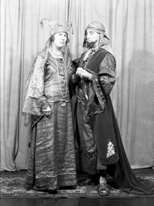
Reference: 29108d
Matheson Lang was born in Mont...
|
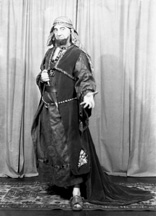
Reference: 29108c
Matheson Lang was born in Mont...
|
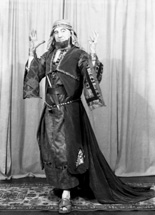
Reference: 29108b
Matheson Lang was born in Mont...
|
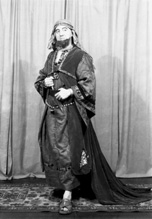
Reference: 29108a
Matheson Lang was born in Mont...
|
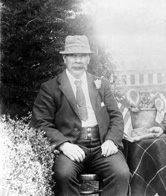
Reference: 838
Copy for Mrs Robertson, Old Ed...
|
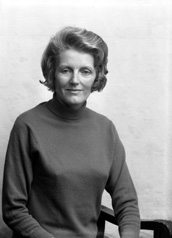
Reference: 47682b
Lady Lovat, Rosamond Delves Br...
|

Reference: 47682a
Lady Lovat, Rosamond Delves Br...
|
!['Rotterdam Harbour' by Jan Visser in 1946 (730mm x 970mm). Born in Rotterdam on 29th August 1897, Visser was a painter, water colourist and designer of stained glass, with subjects including harbours, portraits, interiors, animals and (very important to him), religion. Visser was taught, and was a teacher at, the Academy of Art in Rotterdam. He was also a member of the Pulchri Studio, a famous artist society in The Hague. There is a Visser work in the Museum Boijmans van Beuningen in Rotterdam, and samples can be seen online at: www.marcelgieling.nl [search: jan visser] and www.venduehuis.com/online_catalogus/veiling/14/rubriek/60/pagina/17#lightbox[23657]/0/ Visser died in Rotterdam on 16th September 1968. This brief biographical data was provided by Hans Wijgergangs of the RKD (Netherlands Institute for Art History), the world's leading information centre and central source for the study of Dutch art. The original painting of Rotterdam Harbour is held in a private collection in Inverness. * 'Rotterdam Harbour' by Jan Visser in 1946 (730mm x 970mm). Born in Rotterdam on 29th August 1897, Visser was a painter, water colourist and designer of stained glass, with subjects including harbours, portraits, interiors, animals and (very important to him), religion. Visser was taught, and was a teacher at, the Academy of Art in Rotterdam. He was also a member of the Pulchri Studio, a famous artist society in The Hague. There is a Visser work in the Museum Boijmans van Beuningen in Rotterdam, and samples can be seen online at: www.marcelgieling.nl [search: jan visser] and www.venduehuis.com/online_catalogus/veiling/14/rubriek/60/pagina/17#lightbox[23657]/0/ Visser died in Rotterdam on 16th September 1968. This brief biographical data was provided by Hans Wijgergangs of the RKD (Netherlands Institute for Art History), the world's leading information centre and central source for the study of Dutch art. The original painting of Rotterdam Harbour is held in a private collection in Inverness. *](archive/tn/47668_rotterdam.jpg)
Reference: 47668
'Rotterdam Harbour' by...
|

Reference: 39270.5
Mrs Johnston, Bridge Street, I...
|
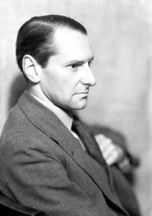
Reference: 29447c
Professor Charles Bernard Chil...
|
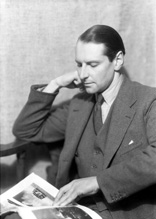
Reference: 29447b
Professor Charles Bernard Chil...
|
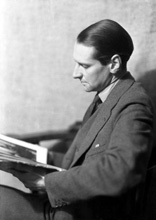
Reference: 29447a
Professor Charles Bernard Chil...
|